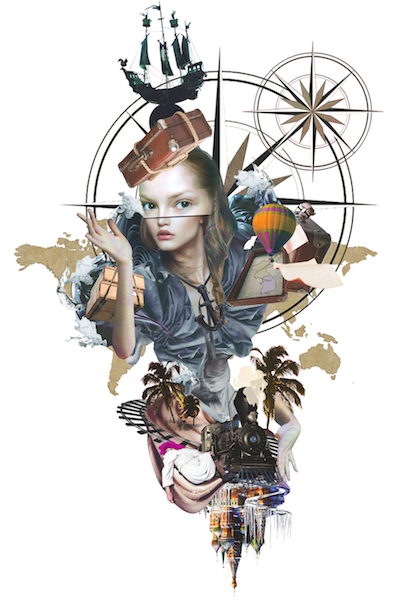It’s cold outside when I put my jumper over the gentle face of the dead woman in the street. She didn’t survive the night. As it is occasionally the case with homeless people in the High North of Russia. And even though the motionless woman can’t notice my jumper anymore, it still fulfils its purpose. To hide the face of the deceased. Together with her shabby clothes, the jumper forms an absurd textile collage, which, try as I might, I won’t be able get out of my head for the rest of my life. A memory of a country unknown to me, where people die outside in the cold and no-one immediately seems to care about it. A memory which, given this woman’s death, I would rather do without, but which shapes me like no other moment on my journey through this vast country. My jumper is the material element of this memory; the symbolic piece of fabric is my contribution to a situation that manages to touch me so unreally.
In this reflective moment, I’m leaving behind a piece of me. And also take away something from the situation. As it has always been the case with travellers. It can undoubtably be claimed that the world would look different if people didn’t travel. For it is only because people do that we know silk as a textile in our parts of the world. Only because people travel do we season our dishes with spices from all corners of the world and, today, live on all continents; sometimes in areas our bodies are not naturally fit for. It is only because people travel that the world looks the way it presents itself to us today. In all its variety. In all its ethnical mix.
Read the rest of the story by Sämi Waldis in our S/S13 issue of DASH, available for purchase here.







